By : Nikon School Blog | 23 Oct, 2019 |
From Chemical coated plates to digital sensors, photography has been evolving constantly. The process is still on, and the current Nikon digital imaging products are ample proof of this. However, even the most ardent Nikon fans may not know what their favourite camera brand has been quietly offering them in recent times. Here’s a summary of a few lesser known but cutting edge technologies that Nikon has brought to us, and you must know about them!
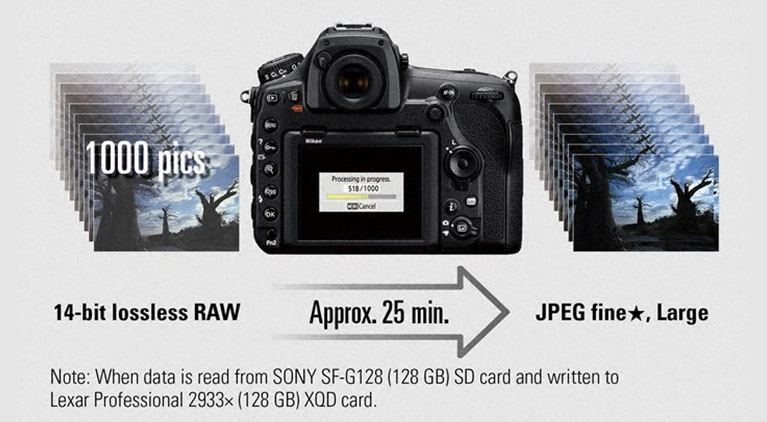
RAW batch processing
This helps a ton when you’re stuck with a bunch of RAW files and need to convert them on the spot, while a computer may not be available. Available in D7500 and D850, this feature can make the workflow shorter for you, before you hit the edit stage.
Natural light auto
This white balance mode retains the soft warm tones of natural daylight. You can further tweak the setting by reducing or adding warm or cool tones, by going to the fine tuning option.


Custom presets
Nikon Z series cameras offer you a wide range of new preset picture controls that are suitable for a variety of creative situations. You can get a creatively processed image, straight out of the camera. Of course, you can tweak these presets further to match your exact requirements.


Electronic diaphragm
Introduced in some NIKKOR lenses in 2016, this feature is denoted by the symbol ‘E’. It uses precise electronic signals from the camera body to control the electromagnetic diaphragm mechanism inside the lens. This makes the aperture control much more accurate than conventional mechanical aperture diaphragm systems.
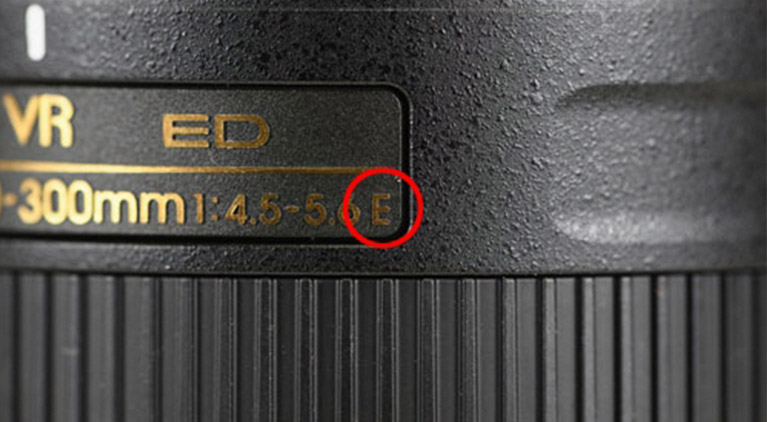
Radio triggered flash
Advanced Wireless Lighting (AWL) allows the use of up to six groups of SB-5000 speedlights behind obstacles, in bright sunlight, and even in different rooms, up to 98 feet away. This helps in variety of situations.
Wireless Shooting and file transfer
Radio frequency based wireless remote control system comprising the WR-R10, WR-T10, WR-1, and WR-A10 can be used to trigger the camera’s shutter remotely. The primary camera can also trigger multiple cameras attached with the receiver. This system has great potential for use in various situations like wildlife, birding, sports, action, astro-photography etc.
With compatible Nikon cameras, the WT-4A, WT-5A, WT-6A or the WT-7A wireless transmitters or the WT-5A wireless transmitter + UT-1 communications unit/UT-1 communications unit can be used to shoot and send images to a computer or FTP server via Wi-Fi® or a wired Ethernet connection. Or the camera can be controlled remotely from a computer with the Camera Control Pro 2 software.
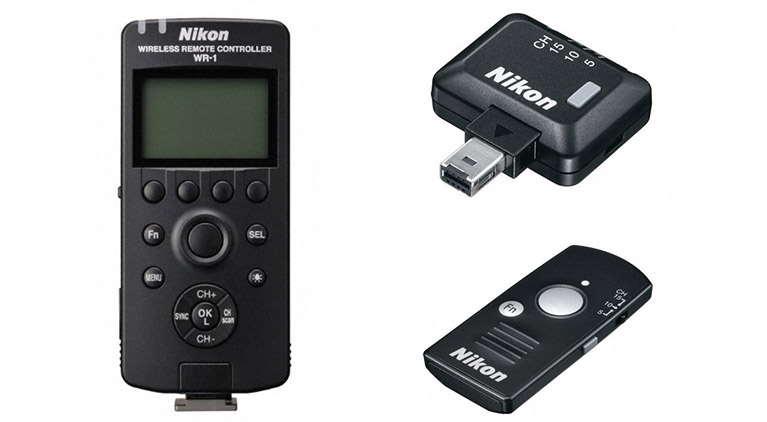
Electronic viewfinder
Available in In Nikon mirrorless cameras, the electronic viewfinder merges the benefits of live view with the ergonomic advantage of the conventional viewfinder. It is easier to control settings while checking the preview during shooting, without having to look at the LCD monitor. A well-placed button allows us to switch between the EVF and LCD monitor easily.
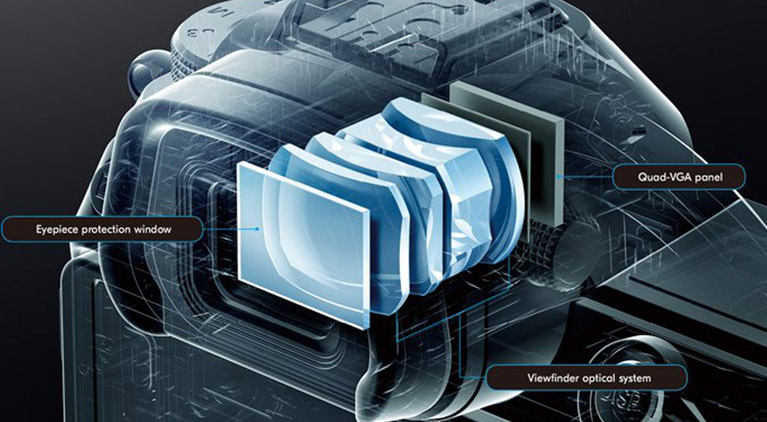
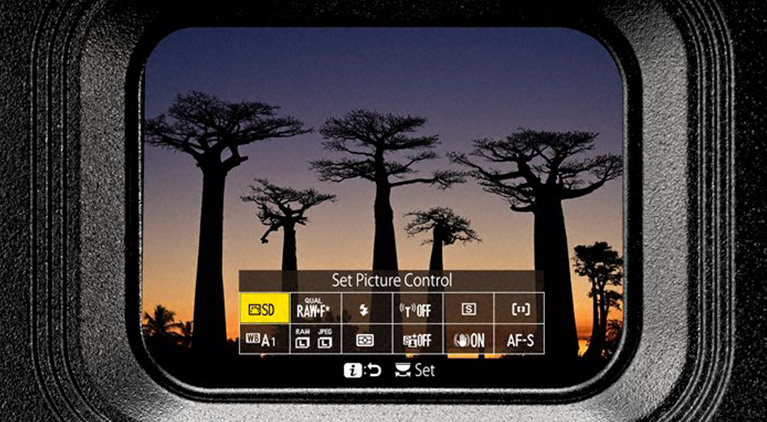
Highlight weighted metering
This relatively new metering mode allows you to meter the highlights of a scene correctly, without resorting to spot metering, which is based on selection of focus points. This is very useful for high contrast or back lit subjects, e.g. a spot lit performer on stage.
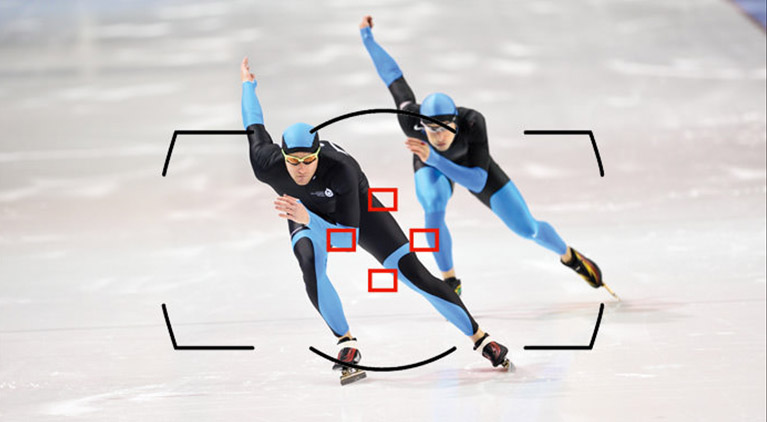
Group area AF
A set of five AF points transmits focusing information leading to more accuracy for small, moving or erratic subjects. Useful for situations like a couple walking, a group of kids playing, a small bird on a branch, etc.
Highlight weighted metering
This relatively new metering mode allows you to meter the highlights of a scene correctly, without resorting to spot metering, which is based on selection of focus points. This is very useful for high contrast or back lit subjects, like a spot lit bride in a wedding, or a spot lit performer on stage.
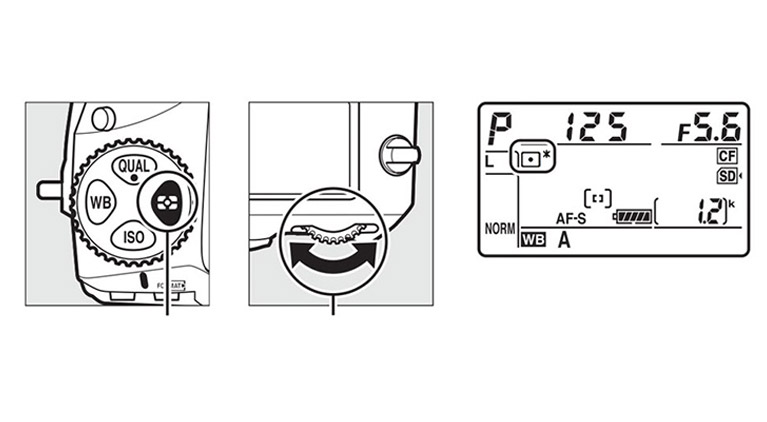
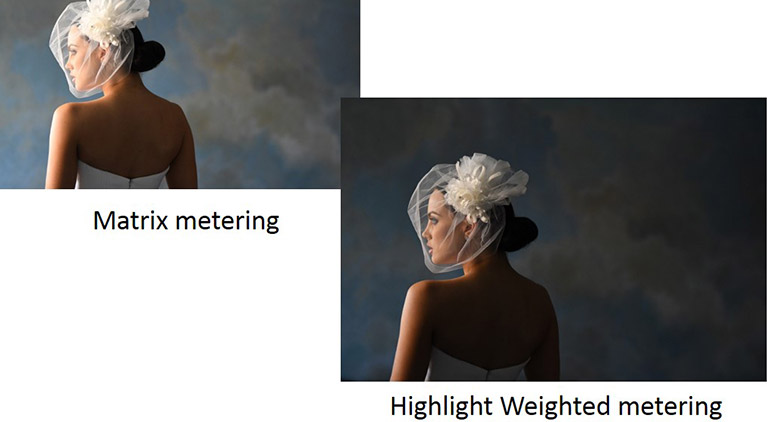
Eye focus
With the latest firmware upgrade, the Z series Nikon mirrorless cameras Z6 and Z7 have brought the amazing eye-focus technology to Nikon users. When activated, the camera automatically detects and focuses on the eyes of human subjects to get portraits that have sharp focus on the eyes.
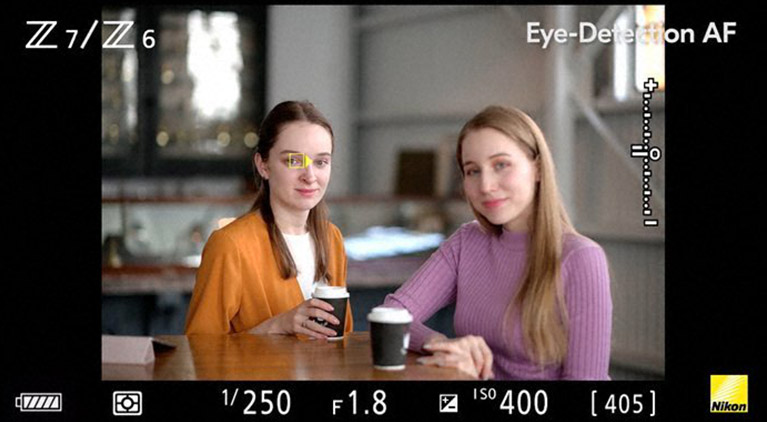
Electronic VR
Used in many COOLPIX compact digital cameras, Electronic VR (Vibration reduction) is now found in some DSLRs and in the Z series mirrorless cameras too, with the movie recording option. This technology uses in-camera algorithms to correct variations in the image caused by camera shake. With VR lenses, this is applied in combination with optical or lens-shift VR. Depending on the situation, Electronic VR helps reduce the effects of camera shake in vertical, horizontal and rotational directions, centred on the lens.
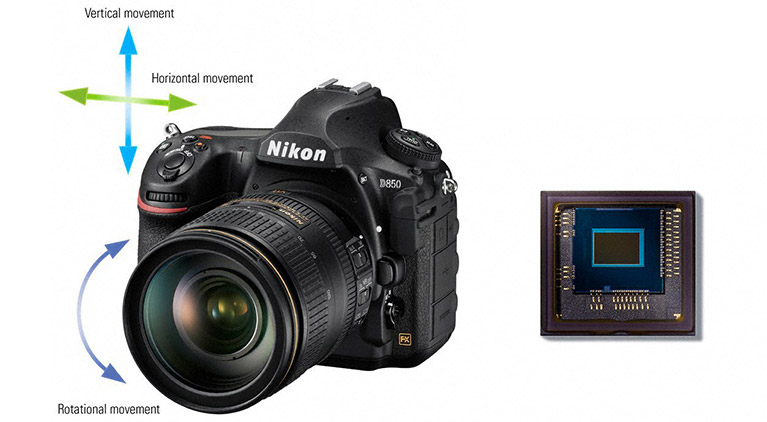
180K-pixel RGB sensor
Used in the flagship D5 and D850 DSLRs, the 180K-pixel RGB sensor offers superb low-light sensitivity. Its capability of metering down to -3 EV helps enormously while shooting low-light scenes or when capturing long-exposure shots with ND filters (such as seascapes or running water).
The increased pixel count of this RGB sensor allows the Advanced Scene Recognition System to enhance the accuracy of various auto controls like auto-area AF, auto white balance, 3D-tracking, Active D-Lighting, and i-TTL balanced fill-flash, making it easier for photographers to achieve their desired results.
ISO 100, f/1.4 lens, 20°C/68°F, using matrix or center-weighted metering.
Except high-density ND filters.